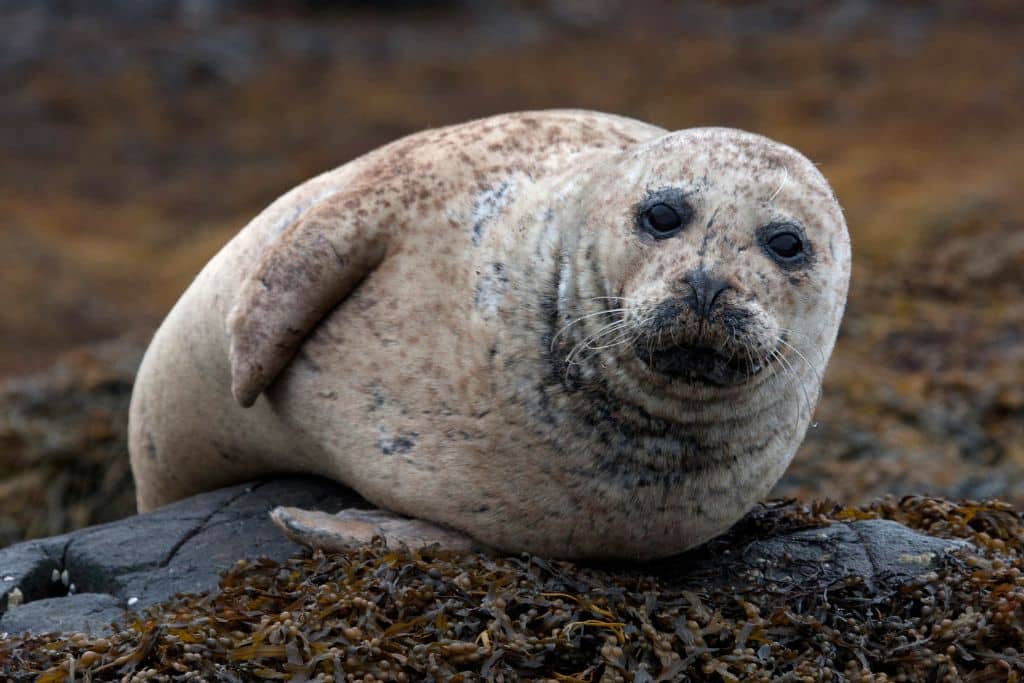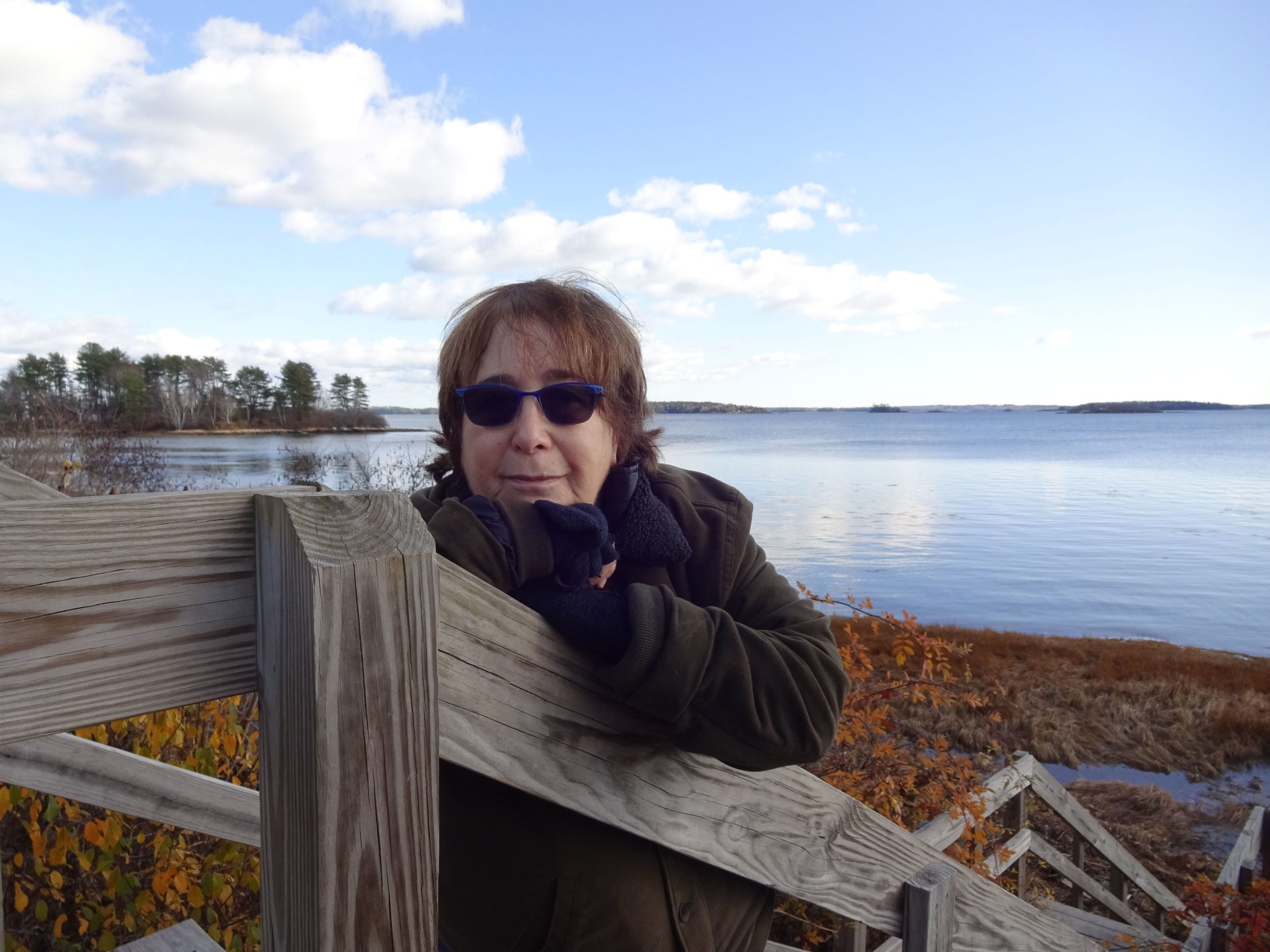An influenza strain known as Eurasian H5N1 has arrived in North America. This strain of avian flu, identified globally in more than 100 different species of wild birds and found to infect wild mammals has now been identified in harbour and grey seals along Maine’s coast.
—
On July 20, NOAA Fisheries in the US declared an unusual mortality event. Elevated stranding of harbour and grey seal have occurred along the southern and central coast in Maine beginning in June and continuing through the present. The US Department of Agriculture’s Animal and Plant Health Inspection Service’s National Veterinary Services Laboratories confirmed that samples taken from the seals tested positive for Highly Pathogenic Avian Influenza (HPAI) H5N1, a “zoonotic disease” that has the potential to spread between animals and people (and their pets).
This influenza strain – commonly known as bird flu – has been causing outbreaks across Europe, Asia, Africa, and the Middle East. It appears to have arrived in North America late in 2021. This strain of avian flu has been identified globally in more than 100 different species of wild birds. In June concerned citizens reported seeing great black-back gulls dying and dead on islands in the vicinity of Portland, Maine. Hundreds of other sea birds were reported washed ashore in Martha’s Vineyard off of Massachusetts. These incidents are among many indicating a national outbreak of bird flu.
Avian flu is a respiratory disease commonly found in a bird’s saliva, nasal secretions, and faeces. The highly contagious virus can spread quickly along migratory bird routes and has the potential to contaminate birds raised on commercial poultry farms. It has been found to infect wild mammals such as foxes, skunks, and raccoons.
While it is not “unexpected” that the bird flu might affect mammals, it has not been reported in marine mammals according to Dr. Julianna Lenoch, national wildlife disease programme coordinator for the US Department of Agriculture.
The first samples of infected seal tissue were collected by Marine Mammals of Maine (MMoME), a rehabilitation facility in Bath, Maine. Four of the tissue samples collected confirmed the seals were infected with the Highly Pathogenic Avian Influenza H5N1. NOAA has since reported that the current rate of dead seal stranding is approximately three times the normal rate for this time of year with close to 60 animals.
The US Department of Agriculture’s Animal and Plant Health Inspection Service’s National Veterinary Services Laboratories conducted tests. Prior to this outbreak, the last unusually high seal mortality rate occurred in 2018. That event was attributed to phocine distemper, a virus that is particularly pathogenic for seals. Ainsley Smith, the coordinator for stranded marine mammals at NOAA’s Greater Atlantic regional fisheries office, said there is a potential for the avian flu virus afflicting seals to spread to other parts of Maine’s coast.
On the West Coast, the picture is different. According to Dawn Beavis of the Marine Mammal Center, the world’s largest marine mammal hospital, their veterinarians are on the lookout for the virus but have yet to come across any reports of the virus or care for any cases of avian flu in their seal, pinniped or sea otter patients.
The infected East Coast harbour and grey seals most likely contracted the flu virus after coming in direct contact with infected birds or their excrement. Researchers like disease ecologist Nichola Hill of the University of Massachusetts, Boston are working to understand how the virus spreads “to mammals and whether the virus will hang on indefinitely in North America, as it has in Europe and Asia.” Other scientists are investigating the relationship between bird flu and climate change but this avenue has yet to be fully explored.
The risk to humans is considered to be low but people are urged to keep their distance from ill or dead birds and marine mammals. People who work with poultry and wild birds have an elevated risk for the disease and are urged to wear protective gear. Sick animals should not be taken to a vet or rehabilitation facility to prevent spreading the virus.
You might also like: World’s First Freshwater Mangrove Forests Discovered in the Amazon Delta: Study


















